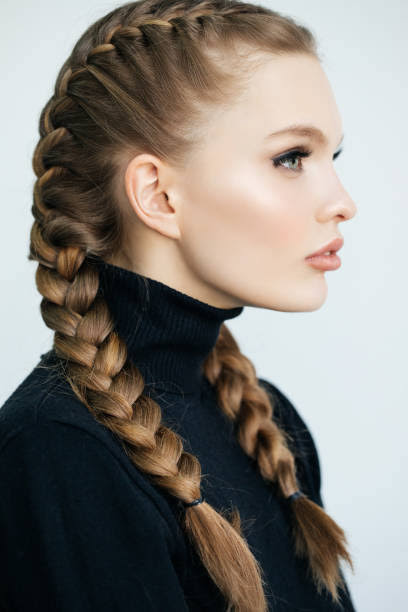Top Frolicious Kids Hairstyles for Back to School
Back to school season is here, and kids everywhere are gearing up for a new year of learning, growing, and making new friends. Along with new clothes, backpacks, and supplies, kids are also looking for fun, stylish ways to update their hair. Whether your child has curly, straight, or braided hair, there are plenty of fun, trendy hairstyles to choose from. Here are some of the top frolicious kids hairstyles for back to school.
Braided Crown:
This hairstyle is perfect for kids with longer hair and adds a touch of elegance to any outfit. To create the braided crown, part the hair in the middle and braid two sections of hair from the front to the back. Then, cross the braids over the head and secure them in the back with bobby pins.
High Ponytail:
A classic high ponytail is a great option for kids with long or medium length hair. This hairstyle is easy to do and can be dressed up with a bow or hair accessory for a more formal look.
Braided Pigtails:
Braided pigtails are a fun, playful option for kids with longer hair. To create this hairstyle, braid each side of the hair and secure with an elastic band. Add a bow or hair accessory for a pop of color.
Curly Afro Puffs:
If your child has curly hair, consider giving them afro puffs. This style is easy to do and can be dressed up with a colorful hair accessory or bow. Simply divide the hair into sections and secure each section with a hair tie.
French Braids:
French braids are a classic and timeless hairstyle that is perfect for kids with longer hair. To create this look, divide the hair into three sections and braid the hair towards the back of the head, adding new pieces of hair to each braid as you go along.
Top Knot:
A top knot is a trendy and stylish hairstyle that is perfect for kids with medium or long hair. To create this look, gather all of the hair on the top of the head and secure it with an elastic band. Wrap the hair around the base of the ponytail and secure with bobby pins.
Dutch Braids:
Dutch braids are similar to French braids, but the braid lies closer to the scalp. To create this look, divide the hair into three sections and braid the hair towards the back of the head, crossing the sections under each other instead of over.
Side Braid:
A side braid is a cute and stylish option for kids with longer hair. To create this look, braid the hair to one side and secure with an elastic band. Add a bow or hair accessory for a pop of color.
These are just a few of the many fun, trendy hairstyles that kids can wear for back to school. Whether your child has curly, straight, or braided hair, there is a hairstyle out there that will work for them. So get creative, have fun, and let your child show off their unique style this back to school season













































